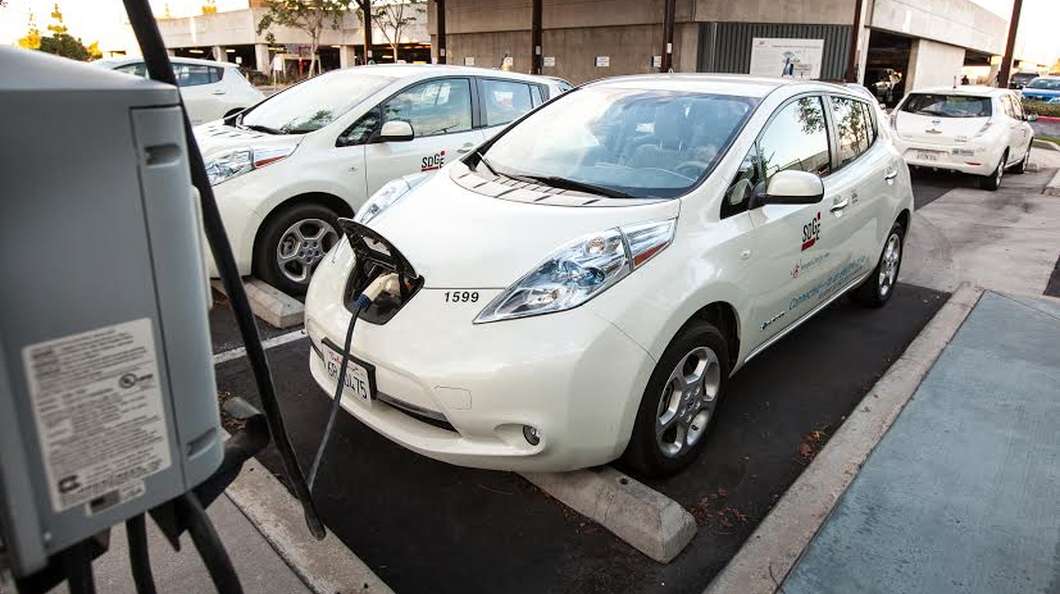California Energy Utility Plans to Use Electric Cars as Mini Power Plants
- 16/09/2015
- Transport
- Posted by Tessa Romarez
- Leave your thoughts
Bidding for renewable energy resources was recently started by San Diego Gas & Electric, a California utility company.
This utility company is planning to integrate fleets of electric vehicles and storage systems into California’s wholesale power market.
The first of its kind, this pilot project is designed to provide information on how to make the grid more efficient and reliable if electric vehicles and other sources of distributed energy are added into the energy mix.
SDG&E plans to complete this project before the end of this year. The proponents of the project hope to collect vital data on electric-vehicle-grid integration and grid energy distribution.
Project proponents believe that the relationship of grid-to-vehicle is a key element in designing a more distributed energy grid, enabling EVs to charge their electric car batteries at night when grid demand is low. EVs will also act as a grid resource when demand is high.
The concern about renewable energy, such as solar and wind, is their dependence on intermittent sources, combined with a lack of strong, efficient and dependable storage systems.
Solar panels in California generate most of their renewable energy during midday but dwindle down at night when the electricity needs of consumers are typically at the highest level.
Additionally, electric car batteries and other energy storage systems usually require recharging every day, with some requiring more frequent recharging.
The challenge for utility companies like SDG&E is how to integrate electric cars into the grid and efficiently allocate energy resources to the right place at the cheapest time. For the setup to be feasible, it must also benefit the consumer and the supplier.
Finding a workable solution is the first order of the day for SDG&E while the market is still relatively small. There are more than 13,000 EVs in the state, according to the utility company. California’s Zero-Emission Vehicles (ZEV) Action Plan aims to place 1.5 million of these types of vehicles on its streets by 2025.
On its part, the SDG&E plans to add at least 5,500 EV charging stations for electric car batteries during that same span of time.
During the duration of the 10-month project, SDG&E plans to combine EV charging sites and stationary storage systems at five locations across the San Diego County. These structures will be remotely controlled through software that will balance grid demand and charging requirements.
This software will provide “demand response” services. It will charge EVs during off-peak hours when demand is lower by linking charging activity with wholesale energy prices. This system conveniently enables energy to be more efficiently spread to consumers throughout the state.
The more affordable off-peak charging rates will be passed on to electric car owners at nearly the same similar prices to what a traditional power plant would be paid.
“The optimization software polls and understands the current state of charge of the vehicles, and each vehicle’s charging needs over a particular time horizon,” Says Hanan Eisenman of DG&E.

